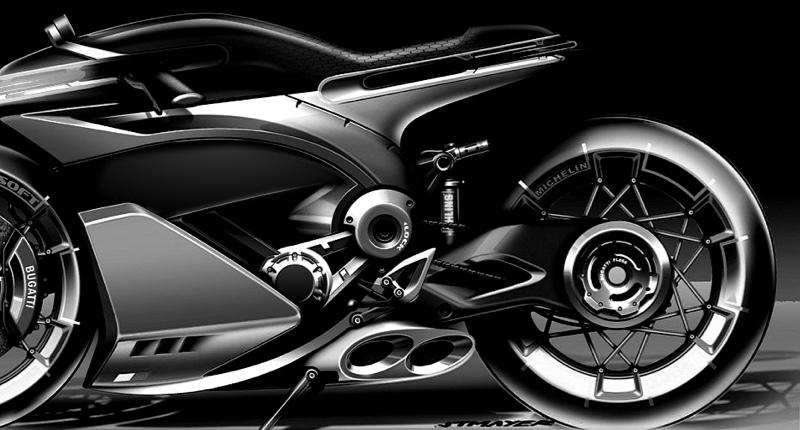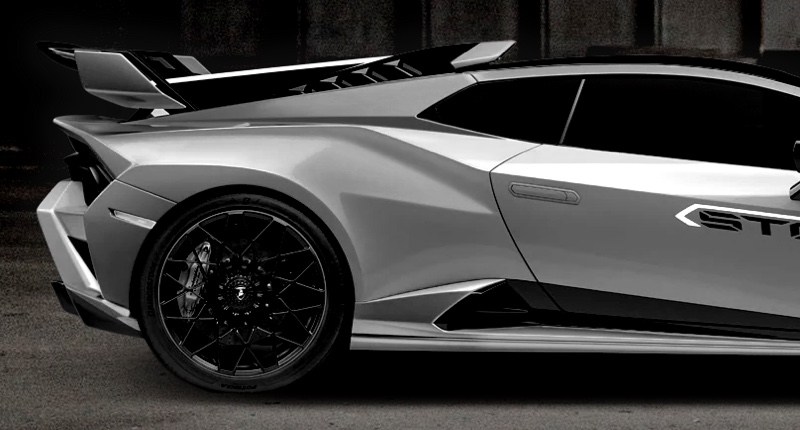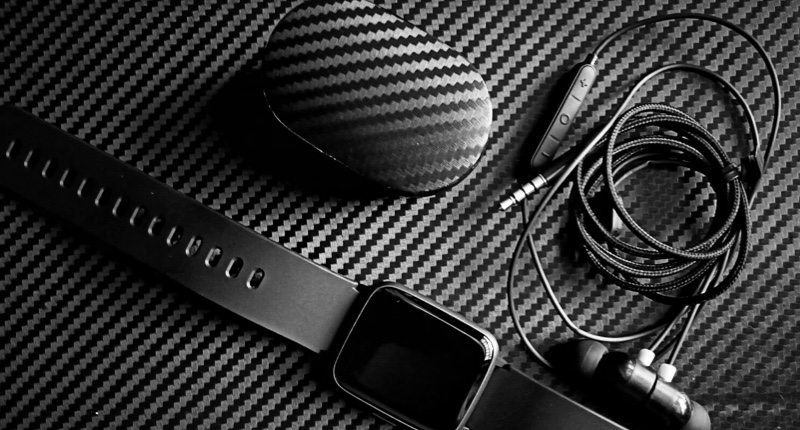How cost-effective are carbon-fiber composites for defense applications? | Insights by Supreem Carbon
- Understanding the Cost-Effectiveness of Carbon-Fiber Composites in Defense Applications
- 1. What Are the Key Advantages of Carbon-Fiber Composites in Defense?
- 2. What Are the Challenges and Disadvantages of Using Carbon-Fiber Composites?
- 3. How Do Carbon-Fiber Composites Compare to Traditional Materials in Terms of Cost?
- 4. What Are the Procurement Considerations for Carbon-Fiber Composites?
- 5. Are There Any Environmental Considerations with Carbon-Fiber Composites?
- 6. How Do Carbon-Fiber Composites Perform in Military Applications?
- 7. What Are the Future Trends in Carbon-Fiber Composites for Defense?
- 8. How Does Supreem Carbon Address These Considerations?
Understanding the Cost-Effectiveness of Carbon-Fiber Composites in Defense Applications
Carbon-fiber composites have gained prominence in defense applications due to their exceptional strength-to-weight ratio, corrosion resistance, and design flexibility. However, their cost-effectiveness remains a critical consideration for defense procurement. This article delves into the key aspects of carbon-fiber composites, addressing common questions and providing insights for informed decision-making.
1. What Are the Key Advantages of Carbon-Fiber Composites in Defense?
High Strength-to-Weight Ratio: Carbon-fiber composites are significantly lighter than traditional metals like steel and aluminum, enhancing mobility and fuel efficiency in military vehicles and equipment. For instance, the Airbus A350 XWB utilizes carbon-fiber composites for wing spars and fuselage components, contributing to its lightweight design.
Corrosion Resistance: Unlike metals, carbon-fiber composites are highly resistant to corrosion, reducing maintenance costs and extending the lifespan of defense assets operating in harsh environments.
Design Flexibility: The versatility of carbon-fiber composites allows for complex geometries and tailored mechanical properties, enabling the development of specialized defense components.
2. What Are the Challenges and Disadvantages of Using Carbon-Fiber Composites?
High Initial Costs: The production of carbon-fiber composites involves expensive raw materials and complex manufacturing processes, leading to higher upfront costs compared to traditional materials.
Repair and Maintenance: Repairing carbon-fiber components can be more challenging and costly than repairing metal structures. Unlike metals, which can often be welded or patched relatively easily, composite repairs often require careful surface preparation, precise fiber alignment, and controlled curing conditions to restore the original strength of the structure.
Limited Impact Resistance: While carbon-fiber composites are strong, they can be susceptible to damage from sharp, concentrated impacts, leading to delamination or fiber breakage.
3. How Do Carbon-Fiber Composites Compare to Traditional Materials in Terms of Cost?
While carbon-fiber composites offer superior performance, their higher initial costs can be a significant factor. For example, a square meter of carbon pre-preg costs approximately 30-50 EUR, and manufacturing a composite 2mm thick requires 4-5 layers. Additionally, advanced production methods like autoclaving require expensive equipment, such as autoclaves costing around USD 500,000. Consequently, the final product costs several times more than one made from aluminum.
4. What Are the Procurement Considerations for Carbon-Fiber Composites?
Material Selection: Understanding the different types of carbon-fiber composites, such as unidirectional, woven, and chopped fiber composites, is essential for selecting the right material for specific defense applications. ((https://www.supreemcarbon.com/article/carbon-fiber-as-a-composite-industrial-procurement-guide.html?utm_source=openai))
Manufacturing Methods: Familiarity with manufacturing techniques like tailored fiber placement and 3D composites can influence cost and performance outcomes.
Supplier Evaluation: Assessing suppliers' capabilities, quality control measures, and compliance with defense standards is crucial for ensuring reliable procurement.
5. Are There Any Environmental Considerations with Carbon-Fiber Composites?
Recycling Challenges: Carbon-fiber composites are challenging to recycle due to their complex composition, leading to environmental concerns and potential waste accumulation.
Environmental Impact: The production and disposal of carbon-fiber composites can have environmental implications, necessitating sustainable practices in their lifecycle management.
6. How Do Carbon-Fiber Composites Perform in Military Applications?
Military Vehicles: Carbon-fiber composites are used to reinforce existing military vehicles, providing improved protection without adding excessive weight.
Aerospace: The aerospace industry utilizes carbon-fiber composites for components like wing spars and fuselage parts, contributing to lighter and more efficient aircraft designs.
7. What Are the Future Trends in Carbon-Fiber Composites for Defense?
Advancements in manufacturing technologies, such as tailored fiber placement and 3D composites, are expected to reduce costs and enhance the performance of carbon-fiber composites in defense applications. Additionally, ongoing research into recycling methods aims to address environmental concerns associated with these materials.
8. How Does Supreem Carbon Address These Considerations?
Supreem Carbon specializes in providing high-quality carbon-fiber composite solutions tailored for defense applications. With a focus on performance, cost-effectiveness, and sustainability, Supreem Carbon offers:
Customized Solutions: Tailored composite materials designed to meet specific defense requirements.
Advanced Manufacturing: Utilization of cutting-edge technologies to optimize performance and reduce costs.
Sustainability Initiatives: Commitment to environmentally responsible practices, including research into recycling methods.
By partnering with Supreem Carbon, defense organizations can leverage the benefits of carbon-fiber composites while addressing cost and environmental considerations.
Meta Title: Cost-Effectiveness of Carbon-Fiber Composites in Defense
Meta Description: Explore the advantages, challenges, and procurement considerations of carbon-fiber composites in defense applications, including cost implications and performance benefits.
Keywords: carbon-fiber composites, defense applications, cost-effectiveness, procurement considerations, Supreem Carbon
URL Alias: carbon-fiber-composites-defense-cost-effectiveness

Discuss of the common carbon fiber product production processes and the application.

Supreem carbon new carbon fiber engine cover for GR Yaris.

Supreem carbon Auto part new arrivals!

2023 BMW S1000RR Carbon Fiber Body Kit released by Supreem Carbon

Supreem Carbon Cross-Country Mountain Bike Seat: The Ultimate Lightweight Carbon Fiber Upgrade

Supreem Carbon Auto parts new arrivals!
For Products
Which surface could you provide for the carbon parts?
Gloss finish, matte finish, satin finish. Some color coating as the customer needs.
Supreem Carbon parts produce by 100% carbon?
Yes,all products are made from full carbon with dry carbon.
How can I get some sample?
Actually we dont provide the free sample to customer, you can place a sample order if need some parts.
For Carbon Fiber Material
What are the advantages of carbon fiber?
High Strength-to-Weight Ratio
It is stronger than many traditional materials, such as steel and aluminum.This high strength-to-weight ratio allows for the creation of lightweight components that maintain structural integrity and durability.
Lightweight
One of the most significant advantages of carbon fiber is its low density, contributing to lightweight structures. This property is particularly crucial in industries where weight reduction is a priority, such as aerospace, automotive, and sports equipment.
Resistant to corrosion and chemicals
Carbon fiber is inherently resistant to corrosion, making it an ideal material for applications exposed to harsh environments or corrosive substances. This property contributes to the longevity of components and reduces maintenance requirements. Carbon fiber has good chemical resistance, making it suitable for use in environments where exposure to chemicals or harsh solvents is a concern. This resistance enhances the material's durability in various industrial settings.
Tolerant of high temperature
Carbon fiber exhibits excellent thermal stability and resistance to high temperatures. This makes it suitable for applications where components are exposed to elevated temperatures, such as in the aerospace and automotive industries.
Low thermal expansion
Carbon fiber has a low coefficient of thermal expansion, meaning it expands or contracts minimally with changes in temperature. This property contributes to dimensional stability, making carbon fiber components reliable in varying temperature conditions.
Aesthetic Appeal
Carbon fiber has a modern and high-tech appearance, contributing to its aesthetic appeal. This property is leveraged in consumer goods, automotive components, and sporting equipment where visual appeal is important.
For Facotry
How many employees of Supreem carbon?
We have over 50 employees, including over 40 skilled workers, 3 R&D designers, and 5 QC professionals and so on.

Supreem Carbon High-Quality Custom Carbon Fiber Sheets and Tubes
Carbon fiber tubes and sheets are widely used across industries thanks to their exceptional strength, lightweight construction, and versatile performance. These materials enable high-precision, durable, and innovative solutions for automotive, aerospace, industrial, and consumer applications.

BMW S1000RR S1000R Carbon Fiber Front Fender
The Supreem Carbon Front Fender for BMW S1000RR and S1000R is engineered for durability, precision fitment, and high-performance applications. Manufactured using premium-grade carbon fiber, this fender provides exceptional rigidity, reduced weight, and enhanced aerodynamics—making it suitable for performance upgrades, aftermarket tuning, and professional customization projects.

Custom Carbon Fiber Wine Bracket
A carbon fiber wine bracket is a premium display solution engineered to combine modern aesthetics with exceptional structural performance. Manufactured from high-strength carbon fiber composite materials, it offers a lightweight yet rigid support system for securely holding and showcasing wine bottles. Its refined texture, durability, and contemporary design make it ideal for luxury retail environments, custom interior projects, and high-end hospitality applications.

Kawasaki ZX10R Carbon Fiber Rear Tail Panel
Let’s Bring Your Carbon Fiber Ideas to Life
Have a question or inquiry about our carbon fiber composite products? Leave us a message here, and our team will get back to you promptly.
Whether you're interested in custom orders, technical specifications, or partnership opportunities, we're here to assist you.
Please fill out the fields above with your name, email address, and message.
© 2024 Supreem Carbon All Rights Reserved.





Facebook
Pinterest
LinkedIn
Instagram